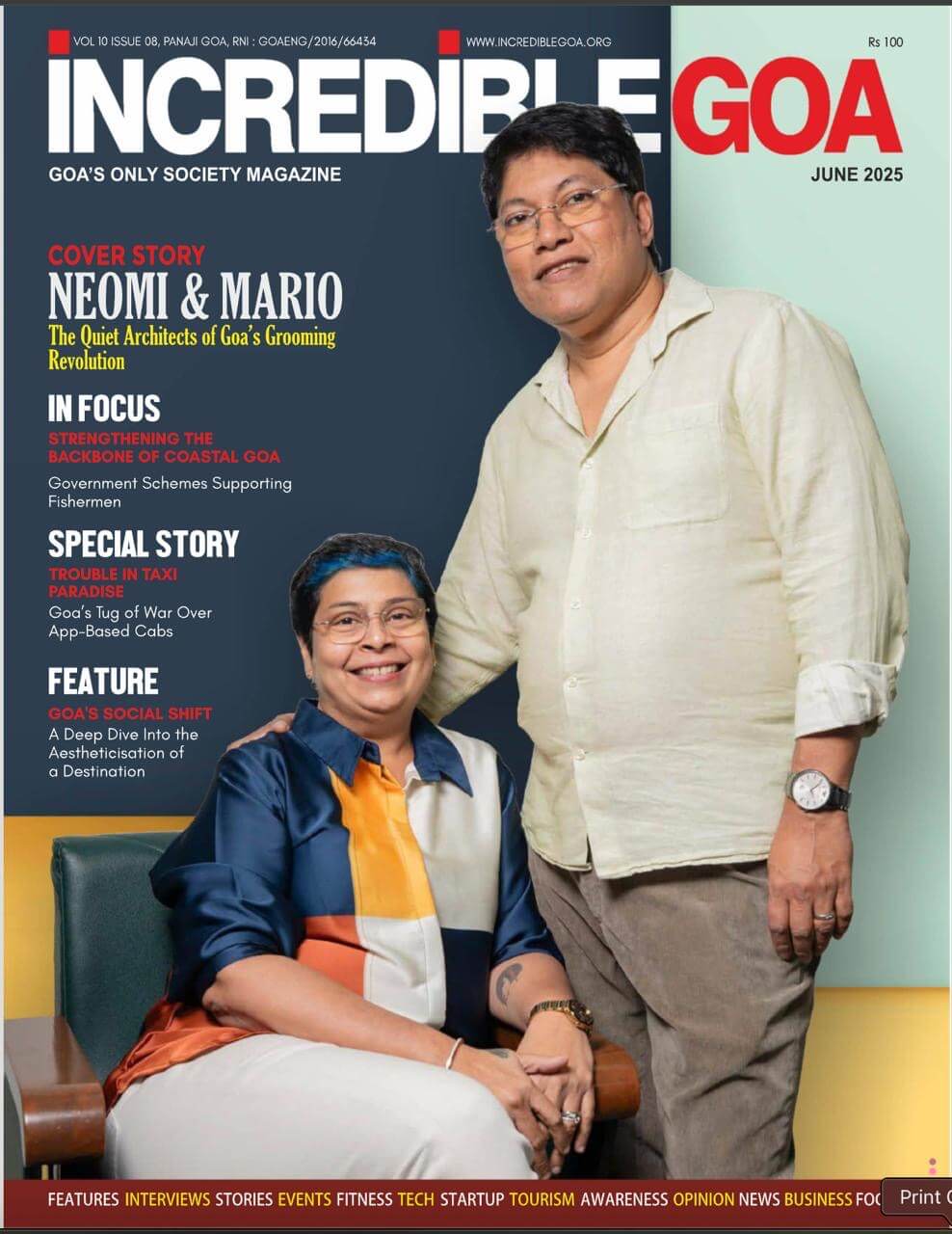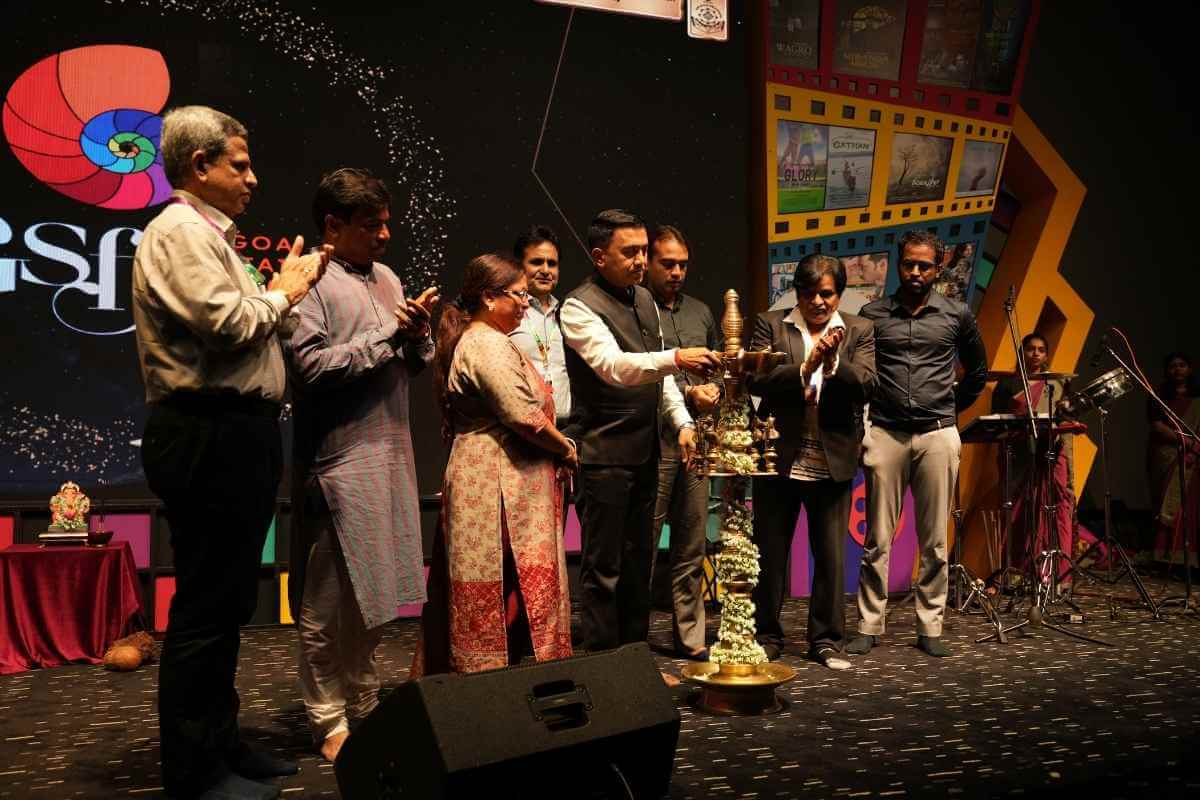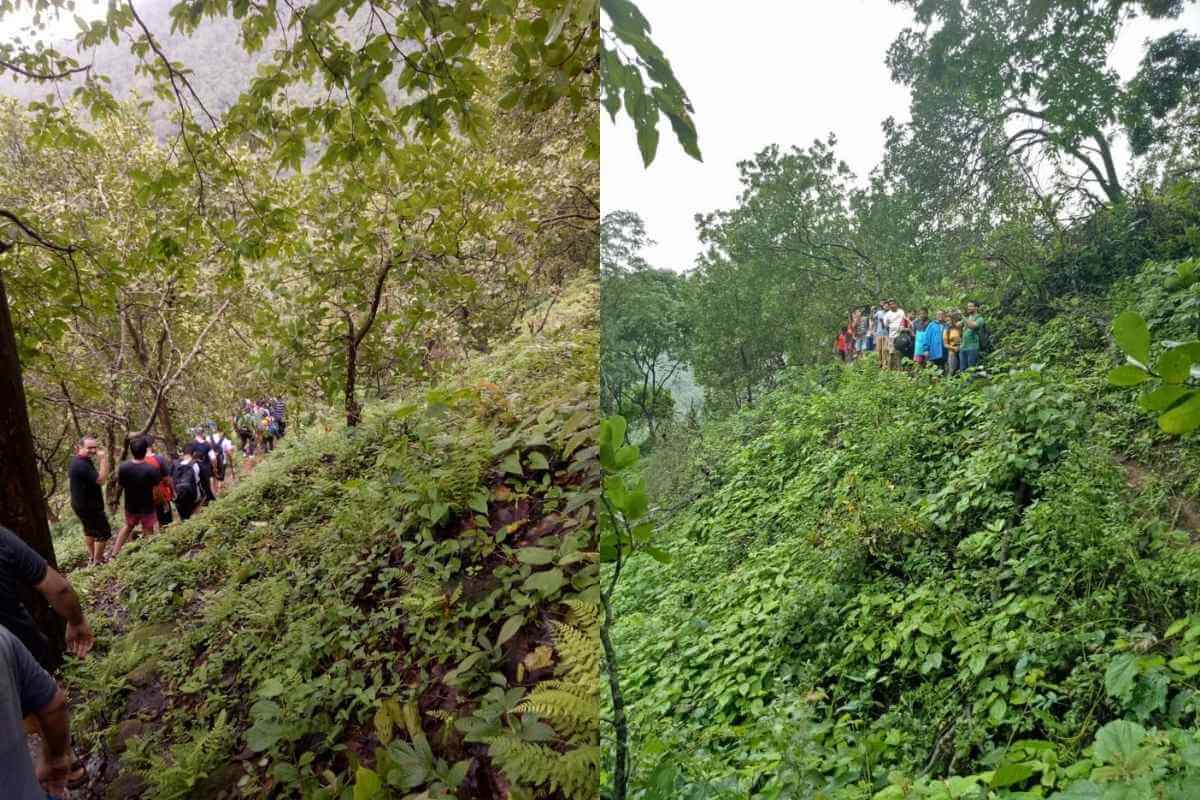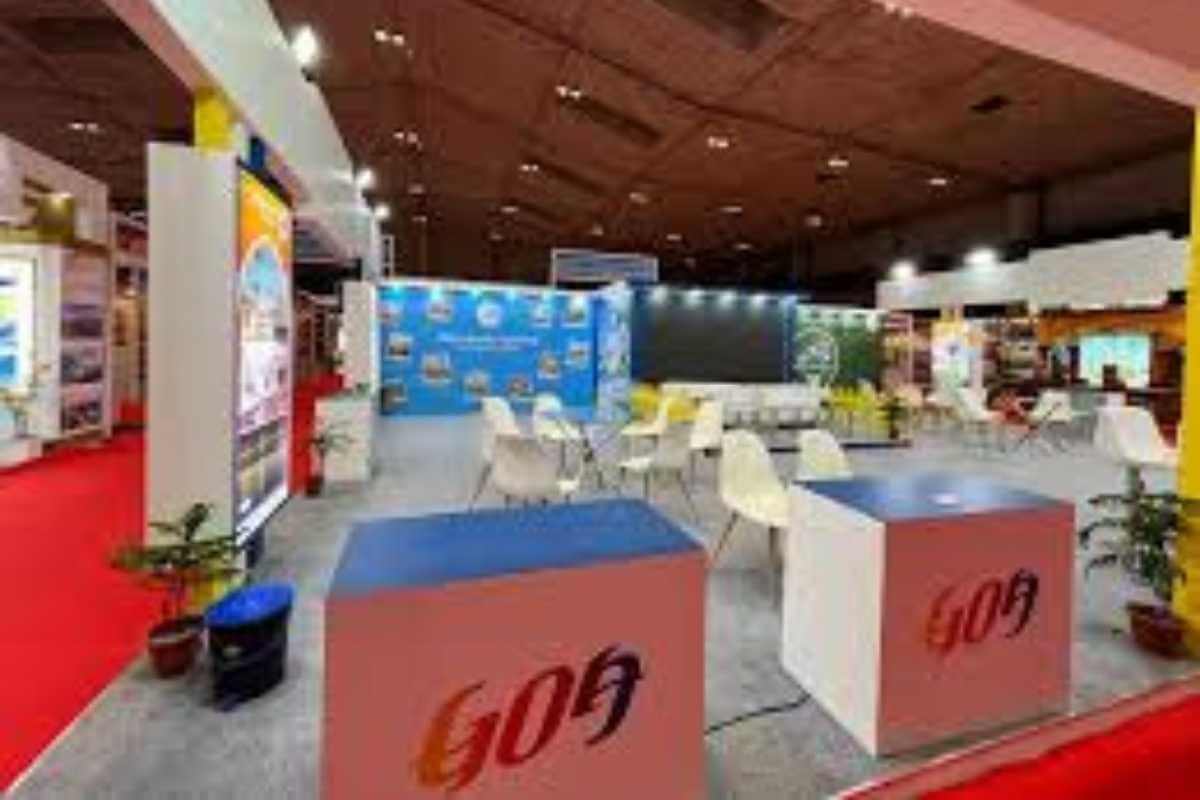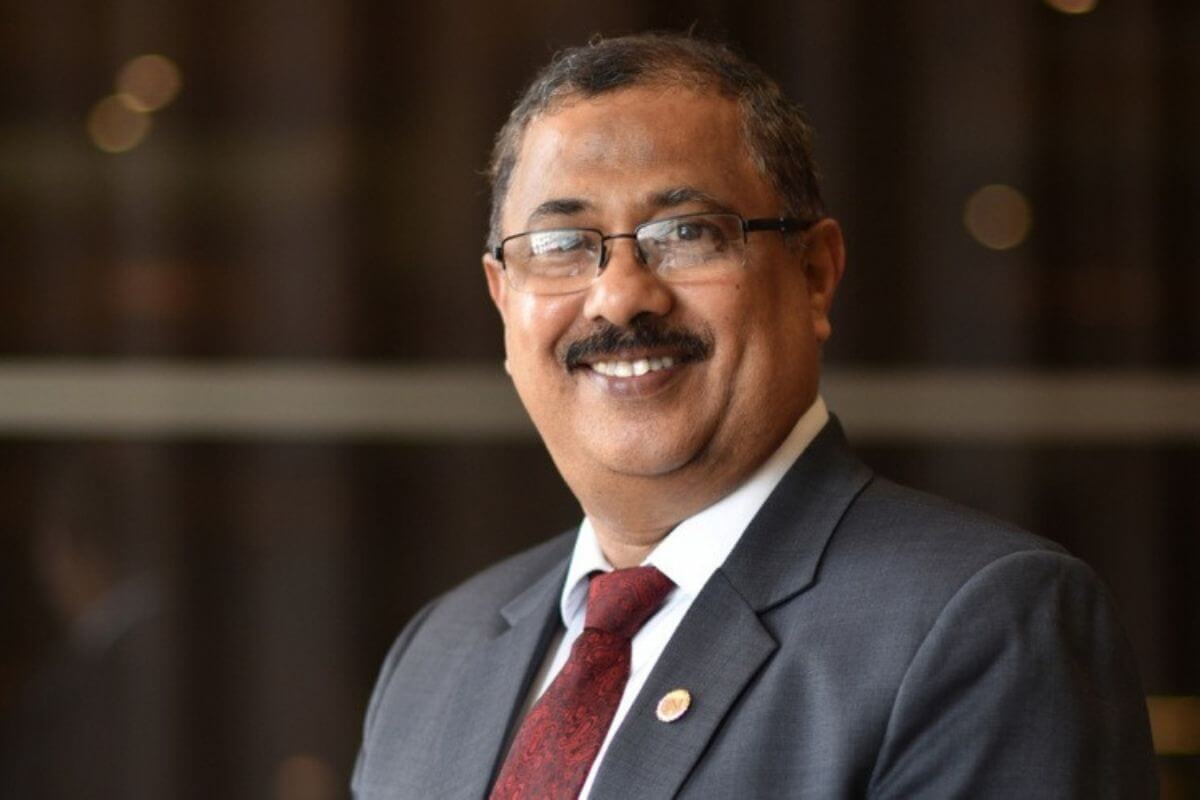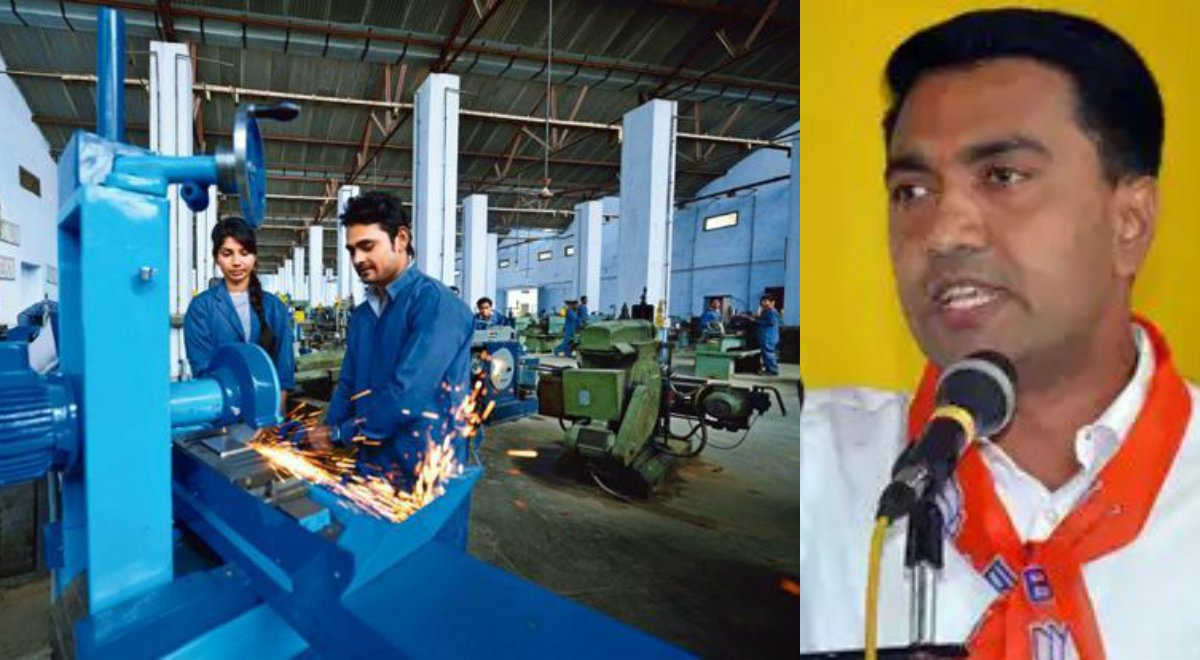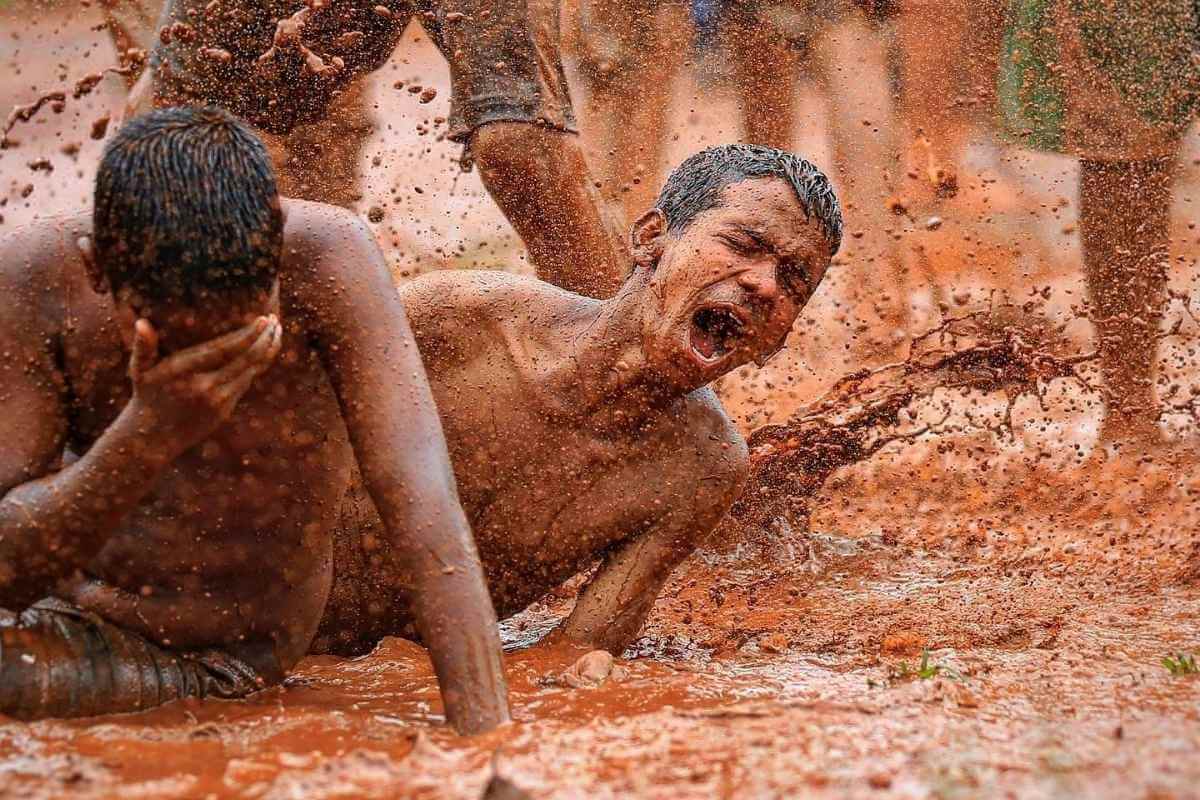The chaotic situation concerning governance in all departments of the Goa government is quite evident. With the absence of CM Manohar Parrikar since January this year due to ill-health, the governing bodies are at loose ends with no authoritarian leader to address the issues. In March this year, BJP government in Goa completed one year, but there were no celebrations due to Parrikar’s absence.
In this article, we will put the spotlight on the various issue causing instability in the political landscape and the repercussions.
What has caused instability?
This minuscule coastal state has been through a series of volatile state of governance hardly giving it much time to rise, post the statehood accreditation. Although Goa is more of Congress inclined state, both the power parties – Congress and BJP – have been on and off the scene in the state. The reshuffling of the ruling party, the unexpected ascent to power by BJP since 1999 has been proof of unpredictability of Goa’s political scenario. In 2012 BJP was back in power after almost a decade, more of a dubious rise to power, as is feeling at the local level.
There was a period from 1990 to 2000 when the state experienced 14 chief ministers, replaying the infidelity and precariousness that existed in the political ecosystem of the state. The multiple shake-ups in the government for a long stretch of time has caused uncertainty at the political, economic, societal level. Let’s study the causes behind this shake-ups.
BJP Vs Congress
Goa as a state has been privy to frequent ministry level changes till 2007. One of the primary cause was the Anti-Defection Law in 2005. After the President’s rule, from February 10 to June 9, 1999, Luizinho Faleiro was elected as Chief Minister. However, despite having a clear majority, Congress and Faleiro could not complete the full term as the government lasted just 168 days. Congressman Francisco Sardinha broke away from the party and formed a new political party, the Goa People’s Congress (GPC) and became Chief Minister of a coalition government in the state together with BJP, giving the saffron party its first shot at power in 1999. He remained in office till 2000. Later, Sardinha’s GPC merged with the Congress on April 5, 2001, where his tenure lasted for just 334 days. It was at this time when Manohar Parrikar was sworn in as the new Chief Minister after several Congressmen, and other MLAs defected and joined the BJP. But Parrikar couldn’t celebrate his victory as it was also short-lived, lasting for only 223 days.
 In 2002, again, BJP emerged a winner as Parrikar’s BJP bagged 17 seats just one more than the Congress. However, on January 29, 2005, Parrikar’s government was reduced to a minority in the Assembly after four BJP MLAs resigned from the House. The then Goa Governor, SC Jamir dismissed the 32-month-old Parrikar-led coalition government, even as the government won a vote of confidence, albeit controversial, on the floor of the House.
In 2002, again, BJP emerged a winner as Parrikar’s BJP bagged 17 seats just one more than the Congress. However, on January 29, 2005, Parrikar’s government was reduced to a minority in the Assembly after four BJP MLAs resigned from the House. The then Goa Governor, SC Jamir dismissed the 32-month-old Parrikar-led coalition government, even as the government won a vote of confidence, albeit controversial, on the floor of the House.
The one line order read: “In exercise of powers vested under Article 164(1) and other enabling provisions of the Constitution of India, I, SC Jamir, Governor of the State of Goa, do hereby withdraw my pleasure and accordingly dismiss Shri Manohar Parrikar as Chief Minister of the State of Goa.”
In 2007, the Parrikar-led BJP was defeated in the elections by the Congress. Digambar Kamat, who had defected to the Congress in 2005, became the first Chief Minister in decades to complete a full term. Finally, in 2012, BJP for the first time won a clear majority with 21 seats, reducing Congress seats to 9. After getting a clear majority, Parrikar had promised a corruption-free government and solution to essential issues like MoI, casinos, regional plan etc. But even this time, Parrikar could not complete a full term as the CM as he was called to New Delhi by Prime Minister Narendra Modi who appointed him as Defence Minister. Mandrem MLA and then Health Minister Laxmikant Parsekar was elected Parrikar’s successor.
Finally, during the Goa assembly elections, BJP although won only 13 seats in the 40-member House, formed the state government. They managed to pull off a coup by enlisting the support of the Goa Forward Party (GFP), Maharastrawadi Gomantak Party (MGP) and two Independents, to reach the magic figure of 21 in the 40-member House.
The absence of CM Manohar Parrikar from the political scene
Manohar Parrikar chose the CM-ship of Goa over the cabinet profile – Defense Ministry – and was sworn in as the CM of Goa in April 2017. He is the man behind single-handedly changing the face of Goa’s politics since he entered in the mid-1990s. He managed to virtually rewrite political equations, change caste and community polarisations, and bring the BJP to power in the state. Parrikar is Goa’s only hope and the only one having the potential to change politics in India’s smallest state. The image-conscious, ambitious politician has a larger-than-life reflection in Goa and outside.
Parrikar was admitted to the state-run Goa Medical College hospital with complaints of abdominal pain this January. For further treatment, he was transferred to Mumbai’s Lilavati Hospital where he was diagnosed with mild pancreatitis. The doctors declared that he is responding well to the medications but would remain under observation. On March 1st, 2018, Parrikar was discharged from Lilavati hospital, and flown to the US for treatment of Pancreatic Cancer as diagnosed by Lilavati Hospital. In the US he was admitted to the Memorial Sloan Kettering Cancer Research Foundation in New York.
More than the official incapacity of governance, it is the political uncertainty which is taking its toll on Goa. The attempts made by the part to keep CM’s nature of illness a big secret is less strenuous than earlier.
Parrikar, leaving the defence profile at the central before returning to Panjim in 2017, he upholds the BJP’s flagging fortunes which suffered in his absence. But being so high-profile comes at a price. The BJP lacks a second-line leadership. Some speculation is that it might sheep-steal some more Congress leaders. Parrikar himself did not nominate any acting chief minister; before going to the US, he instead named a three-man ‘Cabinet advisory committee’. It comprises long-time party-hopping MLA and now the senior most in the BJP (Francis D’Souza), and two representatives of the party’s MGP and Goa Forward allies.
Considering the aforementioned primary issues that created a setback for the state’s economic growth, the rest of the turmoil are mostly at a local level which is being politicised by the opposition to mask them under the national party labels. The Congress is trying to put their best playing card and conformed to social media and on-ground rallies to criticise the government.
The Repercussions
The effect of the uncertainty of the political ecosystem has been witnessed at two levels – economically and societally.
Economic set back: with an authoritarian leader missing for executing the crucial decision, the effect is witnessed in resolving matters affecting the economy of the state. The closure of the mines has been one of the critical issues that needed a CM level intervention. Signs of a seeming implosion in the coalition, caused by the absence of the authoritarian Chief Minister, can be seen in recent statements by not just coalition partners but also by frustrated BJP MLAs, who are now questioning their party and government’s resolve to find solutions to an impending ban on mining. “Today, we have practically no government. With due respect to the Chief Minister it is evident there is no governance happening,” said BJP MLA Nilesh Cabral. Mining which has been the primary sector contributing to the revenue of the state has been shut down since March 16th this year. Cabral represents the Curchorem constituency in the state’s mining belt, which is expected to bear the brunt of the Supreme Court-imposed ban on mining in the coastal state. The BJP MLA also claimed that no visible effort was made by the Goa government to find ways and means to resolve the issue, even though the Supreme Court order was delivered last month. The mining ban has caused a massive number of the population go unemployed just overnight. Over 100,000 Goans have been affected by the mining ban. With entire pressure coming on to the tourism sector to generate revenue and income at the local level for Goans, the ministry needs to take active steps to resolve this issue. For tourism to flourish, most of the protocols set by the Tourism Ministry are getting ignored and not complied. It is causing a widespread multi-chain reaction at the ground level igniting issues like environmental damage, crime and fraud at large, etc.
The continuing controversial and unpopular decisions by the BJ government on renewing mining leases in favour of tainted companies, U-turns on assurances to ban the casino industry, support to increased coal handling at Goa’s only major port, nationalisation of rivers and now the intra-government chaos, as well as the shroud of secrecy surrounding the Chief Minister’s illness, has triggered discomfort amongst fellow party leaders, and rising criticism against Parrikar, especially on social media. Deputy Chief Minister Francis D’Souza shares, “It is quite disturbing that a lot of things are happening which are not very palatable and are not right. I do not know whether it is political or not, but the fact is it is coming up on the media”. The state is perpetually in a deep state of recession.
Deputy Speaker Michael Lobo, a BJP member, has also become cynical of his government’s lack of decision-making and has subtly dared the party’s central leaders, including Union Minister Nitin Gadkari to visit Goa for discussions.
Societal Setback: the aftermath of the mining ban has caused damage on two fronts – employment and revenue. With over 1lakh Goans losing their jobs from the mines, which includes the transportation and barge industry, has created havoc at the ground level. With no source of income, the Goans have become seriously raged and stressed due inefficiency in creating any source of income. The mines had 100% dependency of these people for their livelihood. The discomfort and anxiety are causing many to resort to the illegal way of earning (or extracting) money. Now with tourism at the forefront of revenue and employment, locals are finding ways and means to make a livelihood through this source. Such actions are also leading to breaking protocols set by the Ministry of Tourism by these people to expand their revenue sources. It is a simple trickle-down effect – from top to bottom. The recession is hitting the people in the most negative way with the uncertainty of the future creating restlessness in the political, economic and societal setup.
What lies ahead?
The political instability of the 1990s gave way to stability for nearly two decades, often achieving it through contentious means. Lacking the decisiveness of strongman Parrikar, caught up in several pulls within the government, and an ineffective Opposition, citizens have been agitated over issues relating to land-scams, mining, environment, jobs and huge expenses over government projects.
 The chaos which marked Parrikar’s absence in the state, as well as in the cabinet, is genuine. Cabinet ministers as well as ruling and opposition lawmakers have been crying hoarse about stalled recruitment in government, which awaits Parrikar’s sanction. The Opposition has also cried hoarse about failing law and order, citing a gang rape by tourists and the Directorate of Revenue Intelligence’s busting of an illegal ketamine factory allegedly operated by a BJP office-bearer, with whom the latter has denied association.
The chaos which marked Parrikar’s absence in the state, as well as in the cabinet, is genuine. Cabinet ministers as well as ruling and opposition lawmakers have been crying hoarse about stalled recruitment in government, which awaits Parrikar’s sanction. The Opposition has also cried hoarse about failing law and order, citing a gang rape by tourists and the Directorate of Revenue Intelligence’s busting of an illegal ketamine factory allegedly operated by a BJP office-bearer, with whom the latter has denied association.
Now that CM is back home, it is only a matter of time when the official note from the government will be released about countering the political outcry and other ground level chaos.






